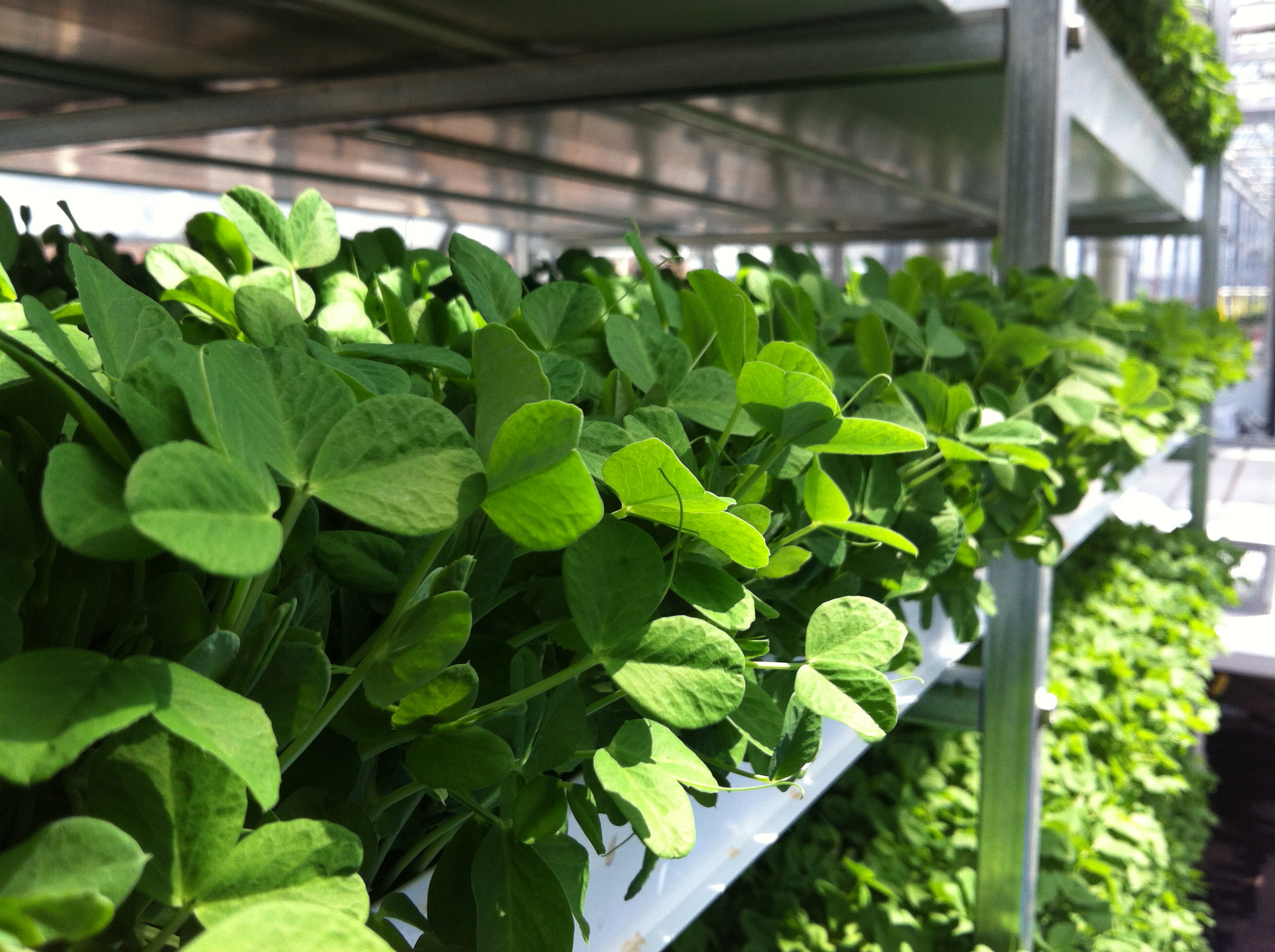Photo: Wikimedia Commons
The City Sprouts school garden program has grown significantly over the past two years.
In the last school year, more than 500 teachers from both school systems utilized City Sprouts gardens for instruction. Twenty-three percent of the teachers took their classes to the garden six or more times during the school year. This school year, the program has expanded to 7,000 students and now partners with 19 public schools. The school garden lessons introduce students to concepts found in science, technology, engineering and math (STEM) subjects.
City Sprouts currently works in 12 Cambridge and seven Boston public schools with lessons linked to the STEM curriculum, which is mandatory for all the state’s public and charter schools. Young children in kindergarten through eighth grade can enter the garden and learn about different concepts related to the growing of plants. The lessons may include learning about photosynthesis, how to determine the position of the solstice sun and the use of a solar fountain. Other lessons may cover measuring the diameter of a school garden and tracking plant and insect life in the garden.
The garden program includes all eight lower-level kindergarten grades, the fifth grade and four upper-school grades, fifth to eighth, in Cambridge. It also works with seven of the kindergarten grades through to the fifth grade in Boston schools.
City Sprouts assigns a garden coordinator to each Cambridge and Boston public schools it works with. The coordinators help to lead children in the school gardens.
Robin Burns, program director of City Sprouts, highlighted that for the 2017–2018 school years, City Sprouts will expand its Boston program to 12 public schools.
“Our long program goal is 12, and 12 meaning 12 Cambridge and 12 Boston Schools,” Burns said. “We want to work on broadening our mission and increase our local education program activity.”
Burns highlighted that City Sprouts opened its Boston program in 2011. She pointed out that the Boston program works with 3,000 kindergarten-through-fifth-grade students. She elaborated that each of the Boston school partners is unique in terms of the educational curriculum it offers and the school size. The Boston program is also unique because it has two partners: the district schools and the public-private organization, Boston After Schools Beyond.
Burns pointed out that there’s a common misconception among educators and parents that the program only grows plant-based food in the school gardens
“Our school gardens grow a variety of plants. We also grow non-edibles like flowers and herbs. We have other activities like digging beds, harvesting produce and apple cider pressings,” Burns said.
Burns elaborated that the school garden program offers activities throughout the school year. When it’s too cold to go outside, it offers a classroom extension curriculum in which teachers and school garden coordinators work together.
“We have garden parties for the lower grades.” Burns said. “All of these students, assisted by teachers and coordinators, display and distribute greens, carrots, tomatoes and green peas that they have grown.”
Burns stated that the upper-level students have access to a much more comprehensive series of program activities in the winter.
“Middle-school students facilitate cooking and science demonstrations, “ Burns said. “They also have an end-of-year expo showcase in which they display some of what they’ve grown and what they’ve learned in science for the whole school to see.”

Leave a Reply
You must be logged in to post a comment.